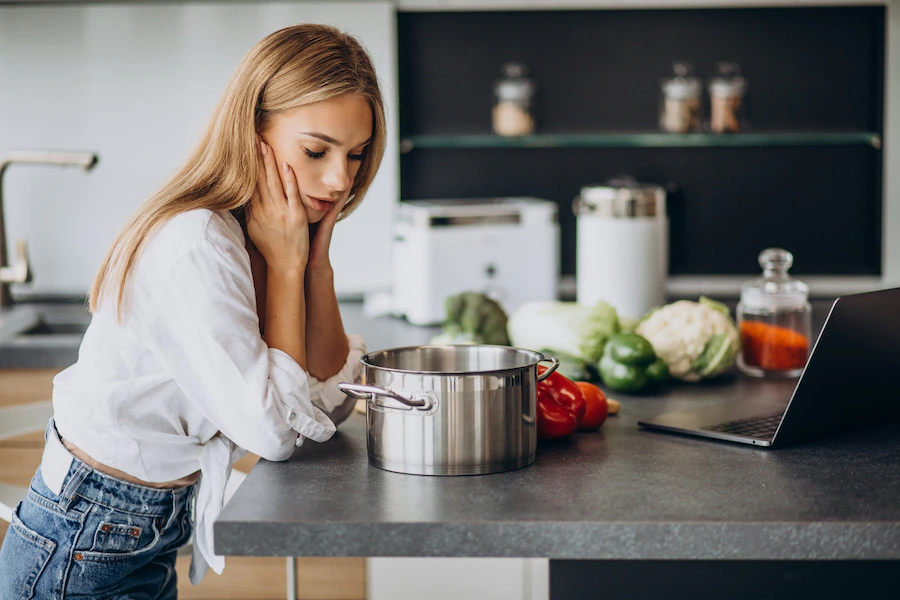When deciding how to cook veal, consider these tips: veal is a great protein source. It has similar nutritional benefits to beef, while being leaner and more tender. Moreover, veal is also better for the environment than beef. Below, we will provide several tips on how to prepare this versatile protein. So, let’s begin! Firstly, cut the veal into thin pieces. Next, pour two tablespoons of butter or oil in a skillet. Place the veal pieces on the skillet and cook for about a minute on each side.
Vegal is a healthy protein
Veal is an excellent source of lean protein and is a healthy alternative to red meat, which is high in saturated fats and cholesterol. It is also a good source of vitamin B12, which is essential for brain function and other systems. This meat also contains very few carbohydrates, which leaves plenty of room for healthy fats. Veal is low-fat, so it can be a great option for vegetarians, vegans, and those on a restricted diet.
Veal has all nine essential amino acids and is extremely lean. It contains little fat, is low in saturated fat, is high in zinc, and is lower in sodium. It is also low in calories, so it’s a great choice for those on a low-calorie diet. And unlike chicken, veal has a high protein conversion rate, which means that a 100-gram serving of cooked veal is equivalent to 22 grams of protein.
It is similar to beef in nutritional terms
Veal is a meat alternative that’s close in nutritional value to beef. The nutritional profile of the two is similar, but beef has more minerals and vitamins. Both are also excellent sources of protein, fat, and calories. Both meats are healthy and make an excellent part of a balanced diet. While beef is more expensive, veal is cheaper than beef, and it has less marbling than its beef cousin.
Although veal is a bit similar to beef, it’s still better in terms of nutrition than beef. It’s lower in saturated fat, cholesterol, and other unhealthy components than beef. This lean meat is also more tender than beef and has a higher level of taste and texture. If you want to cook it well, it has more flavor than lamb. And it’s lower in sodium, making it a better choice for those watching their salt intake.
It is lean and tender
When you are cooking veal, you want to make sure it is done evenly and as lean and tender as possible. In order to achieve this, you can use one of several cooking methods. One method is broiling. This method uses a broiler pan and requires that you heat the coals to medium heat. Once heated, place the veal on the rack. Cook it until it is fork tender and the center is still pink. To test if the veal is done, make a small slit in the center of the meat. After cooking, you can season it to taste and add more or less salt and pepper as needed.
Another method is to use a dry rub, which applies herbs and spices to the meat. You can also try marinating the meat before cooking. This process tenderizes it before cooking and adds moisture to the meat. Another method is to coat the veal with bread or roll it in a mixture of cheese, nuts, or herbs. After cooking, you can season the meat with salt and pepper, and add sauces or vegetables. The best way to check for doneness is by using an instant-read thermometer.
It is better for the environment than beef
Veal is better for the environment than beef. Although 6 kilograms of beef has less CO2 than the average, this amount still represents more pollution than many plant-based foods. That being said, beef can be a healthy option. Beef advocates have suggested feeding seaweed to cattle, which would reduce their methane emissions. They also advocate regenerative farming practices, which would improve the soil and land. Some of these ideas have already been implemented at a small scale. However, American consumers shouldn’t fool themselves into thinking that beef is the better choice for the environment. Beef production involves a highly carbon-intensive industrial process.
Veal is better for the environment than beef, because the calves raised for veal live better lives than those raised for beef. Most veal calves are raised on small family-owned farms with fewer than 200 animals. This type of farming practices makes veal a more humane option than beef. Veal calves are not castrated or horned, and they do not suffer from a lack of iron. They are also given antibiotics only when they become sick. Furthermore, because veal calves are pastured, their dung is less than that of cattle, which is a major contributor to soil erosion and pollution.
It is available in many butcher shops
Veal is easily available in many butcher shops. Unlike beef, veal is a smaller animal that produces less meat. While it is less popular than beef, many butcher shops carry veal. You can even ask the butcher to save a cut for you, especially if you’re running late. Veal can be used to make stews, soups, and sandwiches. In addition to being readily available, veal is also often used in meatloaf.
Besides beef, veal is also available in many butcher shops. Veal comes from animals that are raised on pastures. Veal that comes from these animals is more flavorful and appreciated than those that have been raised in crowded factory farms. Veal is also available from butcher shops and grocers that specialize in local and regional meat. Aside from veal, they offer sausage and even jerky.
Podobne tematy




